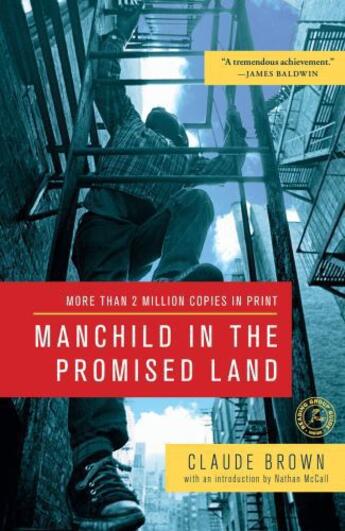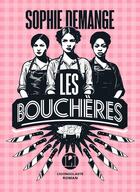-
Nombre de pages : (-)
-
Collection :
(-)
-
Genre :
(-)
-
Thème :
Non attribué
-
Prix littéraire(s) :
(-)
Résumé:
Manchild in the Promised Land is indeed one of the most remarkable autobiographies of our time. This thinly fictionalized account of Claude Brown's childhood as a hardened, streetwise criminal trying to survive the toughest streets of Harlem has been heralded as the definitive account of... Voir plus
Manchild in the Promised Land is indeed one of the most remarkable autobiographies of our time. This thinly fictionalized account of Claude Brown's childhood as a hardened, streetwise criminal trying to survive the toughest streets of Harlem has been heralded as the definitive account of everyday life for the first generation of African Americans raised in the Northern ghettos of the 1940s and 1950s. When the book was first published in 1965, it was praised for its realistic portrayal of Harlem -- the children, young people, hardworking parents; the hustlers, drug dealers, prostitutes, and numbers runners; the police; the violence, sex, and humor. The book continues to resonate generations later, not only because of its fierce and dignified anger, not only because the struggles of urban youth are as deeply felt today as they were in Brown's time, but also because the book is affirmative and inspiring. Here is the story about the one who "made it," the boy who kept landing on his feet and became a man.
Donner votre avis














